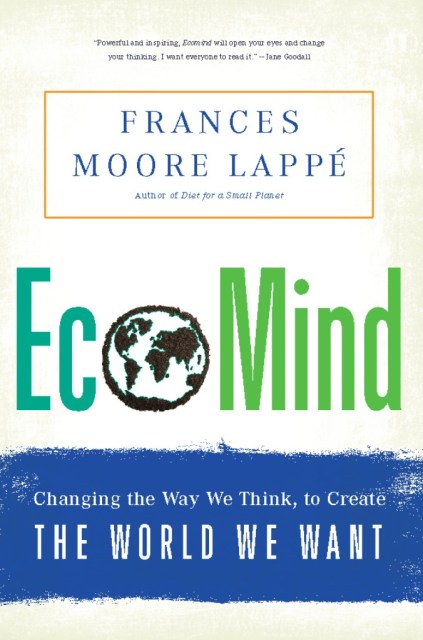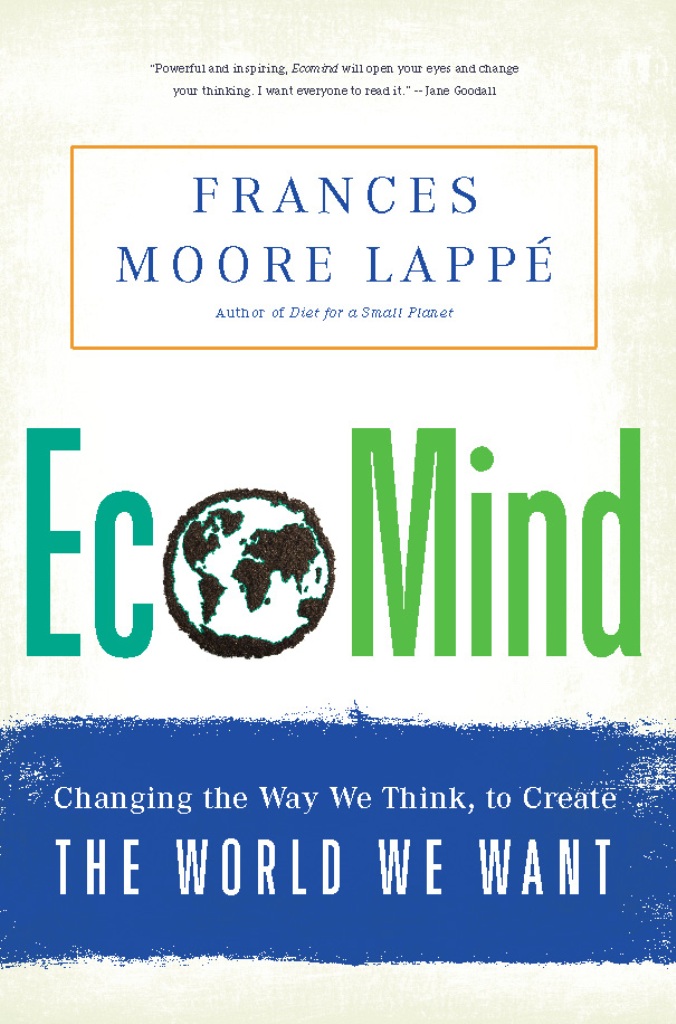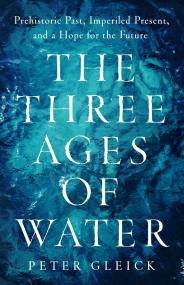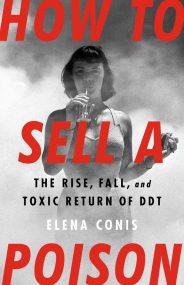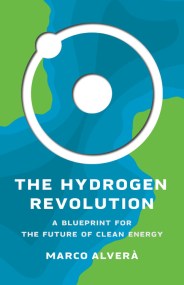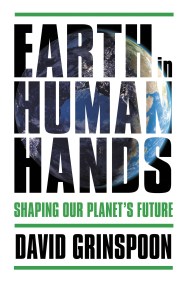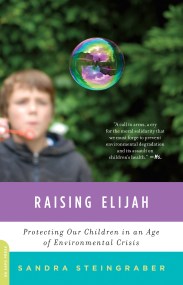Promotion
Use code MOM24 for 20% off site wide + free shipping over $45
EcoMind
Changing the Way We Think, to Create the World We Want
Contributors
Formats and Prices
Price
$11.99Price
$15.99 CADFormat
Format:
- ebook $11.99 $15.99 CAD
- Trade Paperback $21.99 $28.99 CAD
This item is a preorder. Your payment method will be charged immediately, and the product is expected to ship on or around September 13, 2011. This date is subject to change due to shipping delays beyond our control.
Also available from:
Like her Diet for a Small Planet classic, EcoMind is challenging, controversial and empowering.
Genre:
- On Sale
- Sep 13, 2011
- Page Count
- 320 pages
- Publisher
- Bold Type Books
- ISBN-13
- 9781568586892
Newsletter Signup
By clicking ‘Sign Up,’ I acknowledge that I have read and agree to Hachette Book Group’s Privacy Policy and Terms of Use
